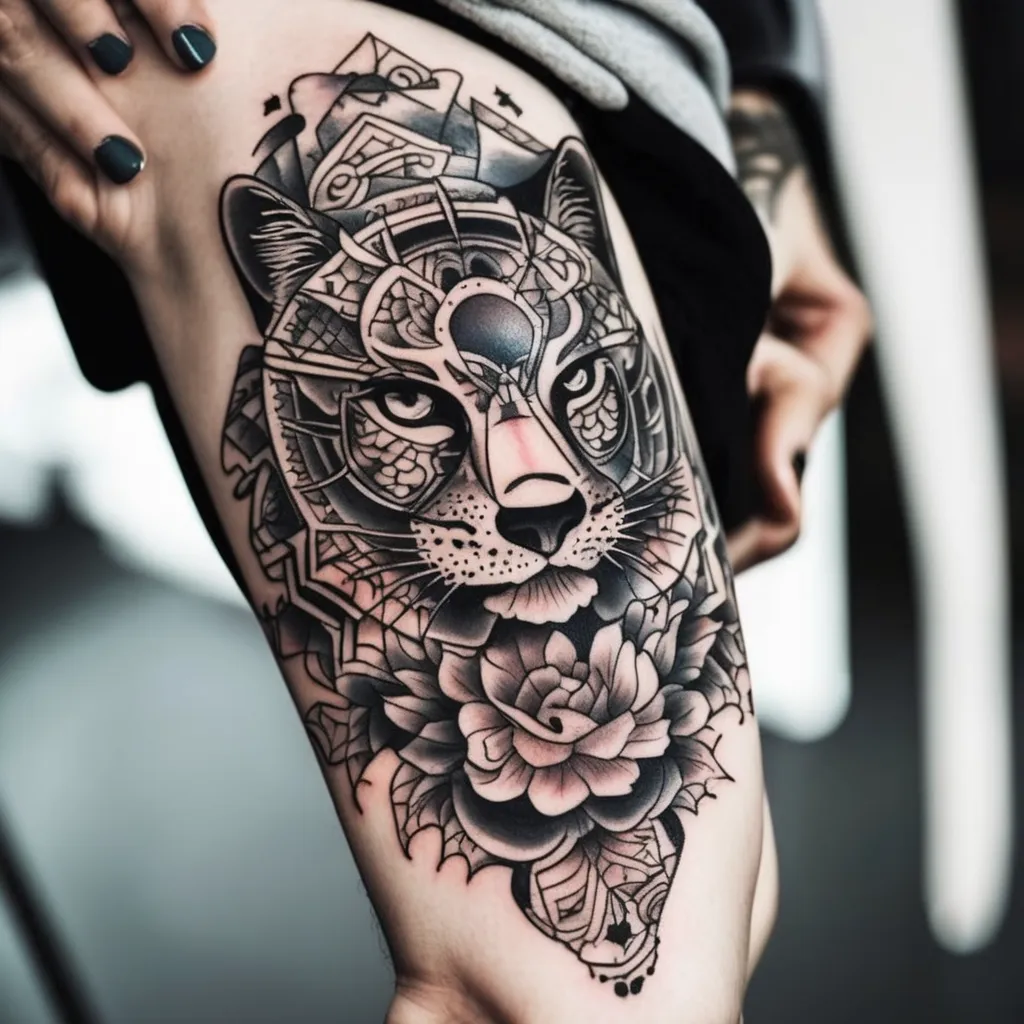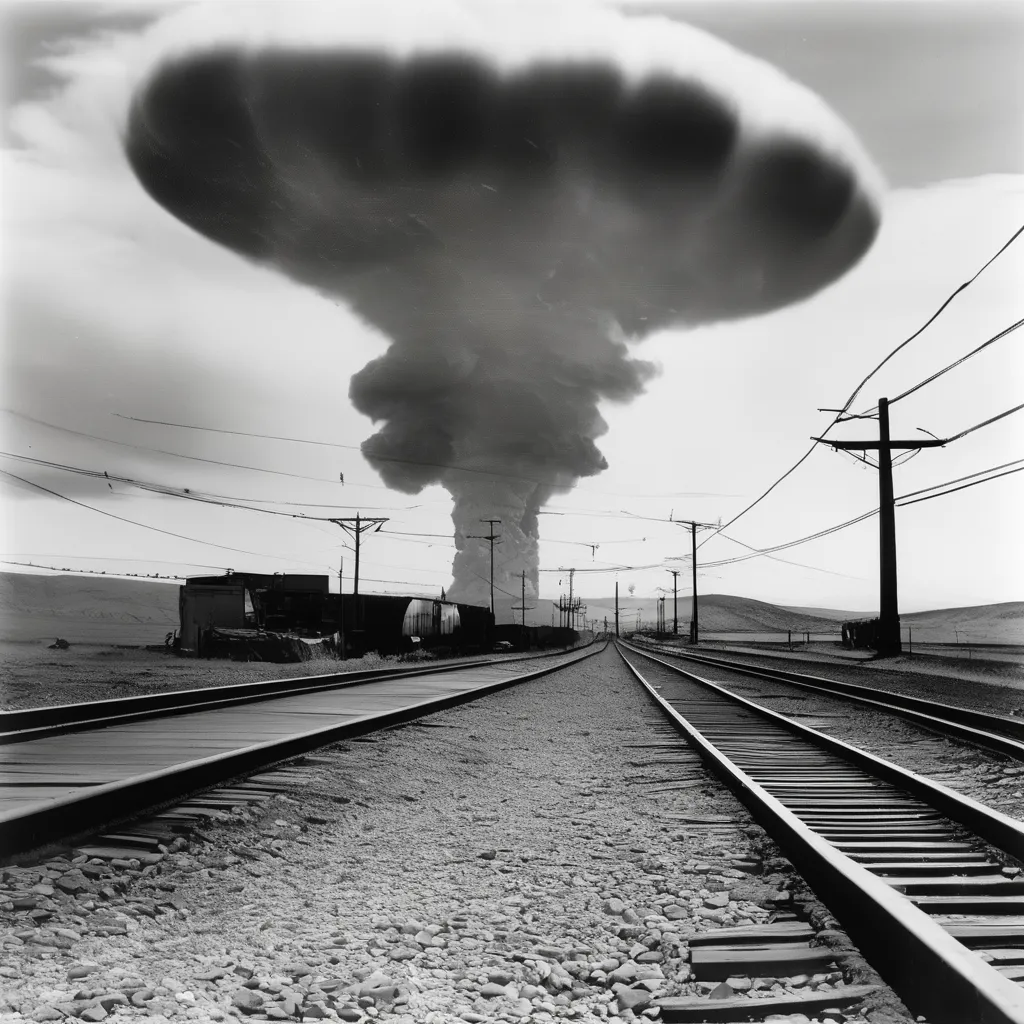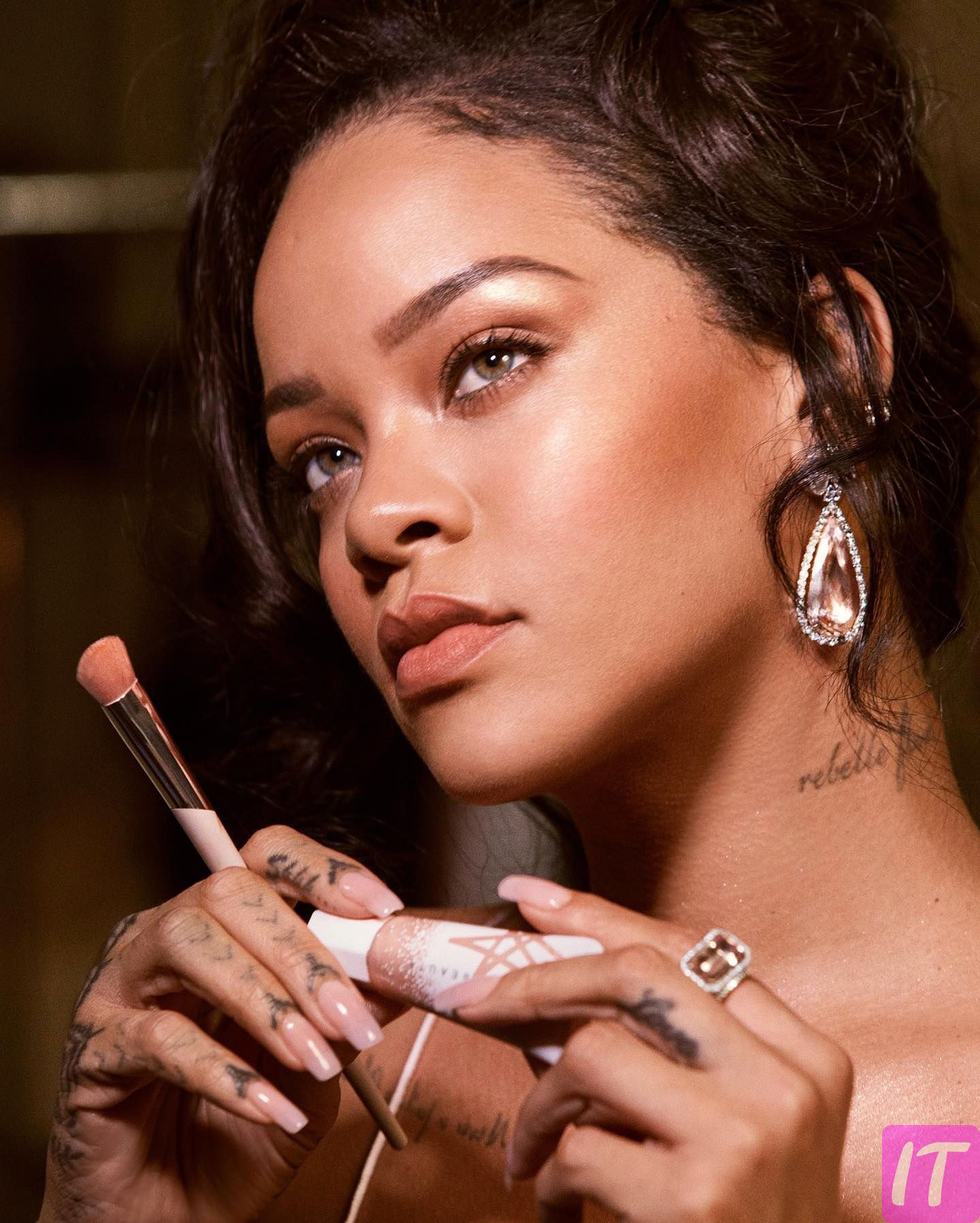Why Do Some People Love Tattoos?
Tattoos have been a part of human culture for millennia, serving as a form of expression, identity, and art. This article delves into the multifaceted reasons why some individuals are drawn to tattoos, exploring historical, cultural, psychological, and social dimensions. By examining these various aspects, we can gain a deeper understanding of the enduring appeal of tattoos.
Historical Perspectives on Tattooing
Tattooing has a rich history that dates back thousands of years. Ancient civilizations such as the Egyptians, Greeks, and Romans used tattoos for various purposes, from religious rituals to marking criminals. In Polynesian cultures, tattoos were a rite of passage, symbolizing one’s journey through life. The practice of tattooing has been documented in numerous archaeological findings, including the famous Ötzi the Iceman, whose body bears tattoos that are over 5,000 years old. These historical perspectives highlight the deep-rooted significance of tattoos in human society.
The art of tattooing was also prevalent in ancient China and Japan, where it served both decorative and punitive purposes. In Japan, the intricate designs of Irezumi tattoos became an integral part of the Yakuza culture. Similarly, in the Maori culture of New Zealand, tattoos known as Ta Moko were used to represent an individual’s genealogy and social status. These historical examples illustrate the diverse roles that tattoos have played across different cultures and time periods.
In the Western world, tattoos were often associated with sailors and soldiers, who brought the practice back from their travels. The popularity of tattoos among these groups can be traced back to the 18th and 19th centuries, when maritime expeditions introduced them to new designs and techniques. This historical context sheds light on the evolution of tattooing and its spread across the globe.
The resurgence of tattooing in the late 20th century can be attributed to the counterculture movements of the 1960s and 1970s. During this period, tattoos became a symbol of rebellion and non-conformity, challenging societal norms and conventions. This historical shift marked a turning point in the perception of tattoos, paving the way for their acceptance in mainstream culture.
Cultural Significance of Tattoos
Tattoos hold profound cultural significance in many societies. In some cultures, they are seen as a rite of passage, marking important milestones such as puberty, marriage, or achieving a particular status. For example, in the Samoan culture, the Pe’a tattoo is a traditional male tattoo that signifies a man’s readiness for adulthood and his responsibilities within the community. Similarly, in the Filipino culture, tattoos known as Batok are used to signify bravery and achievements in battle.
In modern times, tattoos continue to serve as a means of cultural expression and identity. For indigenous communities, tattoos are a way to preserve and celebrate their heritage. They often incorporate traditional symbols and motifs that carry deep cultural meanings. This cultural significance is evident in the resurgence of traditional tattoo practices among Native American, Maori, and other indigenous groups.
Tattoos also play a significant role in the cultural landscape of contemporary society. They are often used to express one’s affiliation with a particular subculture or community. For instance, punk rock, hip-hop, and biker cultures have all embraced tattoos as a form of self-expression and identity. This cultural significance is further reinforced by the influence of celebrities and public figures who sport tattoos, thereby normalizing and popularizing the practice.
In addition to their cultural significance, tattoos can also serve as a form of resistance and empowerment. In many societies, marginalized groups use tattoos to reclaim their bodies and assert their identities. This is particularly evident in the LGBTQ+ community, where tattoos are often used to express pride and solidarity. The cultural significance of tattoos thus extends beyond mere aesthetics, encompassing deeper social and political dimensions.
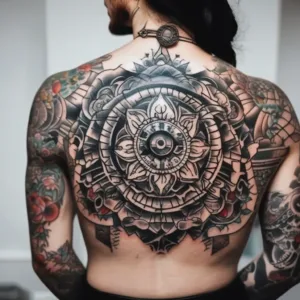
Psychological Motivations for Getting Tattoos
The psychological motivations for getting tattoos are diverse and multifaceted. For many individuals, tattoos serve as a form of self-expression, allowing them to convey their beliefs, values, and experiences. This need for self-expression is often rooted in a desire to assert one’s individuality and stand out from the crowd. Tattoos provide a permanent and visible way to achieve this, making them an appealing choice for those seeking to express their unique identity.
Another common psychological motivation for getting tattoos is the desire for personal empowerment. Tattoos can serve as a reminder of one’s strength, resilience, and ability to overcome challenges. For individuals who have experienced trauma or adversity, tattoos can provide a sense of control and ownership over their bodies. This psychological motivation is often reflected in the choice of tattoo designs, which may include symbols of strength, courage, and survival.
Tattoos can also serve as a form of emotional healing and catharsis. For some individuals, the process of getting a tattoo can be therapeutic, helping them to process and cope with difficult emotions. This psychological motivation is particularly evident in memorial tattoos, which are used to honor and remember loved ones who have passed away. The act of getting a tattoo can provide a sense of closure and help individuals to navigate their grief.
In addition to these motivations, tattoos can also be driven by a desire for social connection and belonging. For many people, tattoos serve as a way to connect with others who share similar interests, values, or experiences. This psychological motivation is often reflected in the choice of tattoo designs, which may include symbols or imagery that represent a particular subculture or community. The psychological motivations for getting tattoos are thus varied and complex, encompassing a range of emotional and social factors.
The Role of Tattoos in Self-Expression
Tattoos play a significant role in self-expression, allowing individuals to visually articulate their inner thoughts, beliefs, and experiences. This form of self-expression is particularly powerful because it is permanent and visible, making it a lasting statement of one’s identity. For many people, tattoos serve as a way to communicate aspects of themselves that may not be immediately apparent to others.
The role of tattoos in self-expression is evident in the wide variety of designs and styles that people choose. From intricate and detailed artwork to simple and minimalist symbols, tattoos can convey a multitude of meanings and messages. This diversity of designs reflects the unique and personal nature of self-expression through tattoos. It allows individuals to choose imagery that resonates with them on a deep and personal level.
Tattoos can also serve as a form of storytelling, allowing individuals to chronicle their life experiences and milestones. Each tattoo can represent a specific moment, memory, or achievement, creating a visual narrative that is unique to the individual. This role of tattoos in self-expression is particularly evident in the practice of collecting tattoos over time, with each new piece adding to the overall story.
In addition to their role in personal self-expression, tattoos can also be used to express one’s affiliation with a particular group or community. This is often seen in subcultures such as punk rock, hip-hop, and biker communities, where tattoos serve as a visual marker of membership and identity. The role of tattoos in self-expression thus extends beyond the individual, encompassing broader social and cultural dimensions.
Tattoos as a Form of Art
Tattoos are widely recognized as a form of art, with tattoo artists being celebrated for their creativity and skill. This artistic dimension of tattooing is evident in the intricate and detailed designs that many people choose to adorn their bodies with. From realistic portraits to abstract patterns, tattoos can encompass a wide range of artistic styles and techniques.
The recognition of tattoos as a form of art has led to the emergence of tattoo conventions and exhibitions, where artists can showcase their work and connect with others in the industry. These events highlight the artistic talent and innovation within the tattoo community, further solidifying tattoos’ status as a legitimate art form. The role of tattoos as a form of art is also evident in the growing number of tattoo studios that operate as art galleries, displaying the work of resident artists.
In addition to their aesthetic appeal, tattoos can also serve as a form of artistic collaboration. Many people choose to work closely with their tattoo artist to create a custom design that reflects their vision and ideas. This collaborative process allows for a unique and personalized piece of art that is tailored to the individual’s preferences. The role of tattoos as a form of art is thus not only about the final design but also the creative process involved in bringing it to life.
The artistic dimension of tattoos is further reinforced by the influence of traditional art forms and techniques. Many tattoo artists draw inspiration from various artistic traditions, such as Japanese Irezumi, Polynesian tribal art, and American traditional tattooing. This blending of artistic influences results in a rich and diverse tapestry of tattoo styles, each with its own unique characteristics and cultural significance.
The Influence of Media on Tattoo Popularity
The media has played a significant role in the popularization of tattoos, shaping public perceptions and attitudes towards the practice. Television shows, movies, and social media platforms have all contributed to the growing acceptance and visibility of tattoos in mainstream culture. This influence is particularly evident in the portrayal of tattoos in popular media, where they are often depicted as a form of self-expression and individuality.
Reality TV shows such as “Miami Ink,” “LA Ink,” and “Ink Master” have brought the world of tattooing into the public eye, showcasing the artistry and skill involved in the process. These shows have helped to demystify tattoos and challenge negative stereotypes, presenting them as a legitimate and respected form of art. The influence of media on tattoo popularity is further reinforced by the presence of tattooed celebrities and public figures, who serve as role models and trendsetters.
Social media platforms such as Instagram and Pinterest have also played a crucial role in the popularization of tattoos. These platforms allow tattoo artists to showcase their work to a global audience, connecting with potential clients and fellow artists. The visual nature of social media makes it an ideal platform for sharing tattoo designs and inspirations, further driving the popularity of tattoos. The influence of media on tattoo popularity is thus multifaceted, encompassing both traditional and digital forms of media.
In addition to shaping public perceptions, the media has also contributed to the evolution of tattoo styles and trends. The exposure to a diverse range of tattoo designs and techniques through the media has led to the emergence of new and innovative styles. This influence is particularly evident in the popularity of contemporary tattoo styles such as watercolor, geometric, and minimalist tattoos. The role of media in shaping tattoo trends highlights its significant impact on the tattoo industry and culture.
Social Acceptance of Tattoos in Modern Society
The social acceptance of tattoos has evolved significantly over the past few decades. Once associated with rebellion and deviance, tattoos are now widely accepted and embraced in mainstream society. This shift in perception can be attributed to several factors, including the influence of media, the growing recognition of tattoos as a form of art, and changing societal attitudes towards self-expression and individuality.
The increasing visibility of tattoos in popular culture has played a crucial role in their social acceptance. As more celebrities, athletes, and public figures sport tattoos, they become normalized and destigmatized. This visibility helps to challenge negative stereotypes and misconceptions about tattoos, presenting them as a legitimate and respected form of self-expression. The social acceptance of tattoos is further reinforced by the presence of tattooed professionals in various fields, from business to healthcare.
In addition to the influence of media, changing societal attitudes towards self-expression and individuality have also contributed to the social acceptance of tattoos. In contemporary society, there is a growing emphasis on personal freedom and autonomy, with individuals being encouraged to express their unique identities. Tattoos provide a permanent and visible way to achieve this, making them an appealing choice for those seeking to assert their individuality. The social acceptance of tattoos is thus reflective of broader cultural shifts towards greater acceptance of diversity and self-expression.
The growing recognition of tattoos as a form of art has also played a significant role in their social acceptance. As tattoos are increasingly celebrated for their artistic merit and creativity, they are viewed as a legitimate and respected form of self-expression. This recognition helps to elevate the status of tattoos and challenge negative perceptions. The social acceptance of tattoos is thus influenced by a combination of factors, including media representation, changing societal attitudes, and the recognition of tattoos as a form of art.

Tattooing as a Rite of Passage
Tattooing has long been used as a rite of passage in many cultures, marking important milestones and transitions in an individual’s life. This practice is particularly prevalent in indigenous cultures, where tattoos are used to signify a person’s journey through different stages of life. For example, in Polynesian cultures, tattoos are often given to mark puberty, marriage, and other significant life events. These tattoos serve as a visual representation of an individual’s achievements and responsibilities within the community.
In addition to marking life transitions, tattoos can also serve as a rite of passage in the context of personal growth and self-discovery. For many individuals, getting a tattoo is a way to commemorate a significant personal achievement or milestone, such as overcoming a challenge or reaching a goal. This practice is particularly evident in the popularity of tattoos that symbolize strength, resilience, and personal growth.
The role of tattooing as a rite of passage is also evident in the practice of getting matching tattoos with friends or family members. These tattoos serve as a symbol of the bond and shared experiences between individuals, marking a significant moment in their relationship. This practice highlights the communal and social dimensions of tattooing as a rite of passage.
In contemporary society, the practice of tattooing as a rite of passage has evolved to encompass a wide range of personal and cultural meanings. From commemorating significant life events to symbolizing personal growth and self-discovery, tattoos continue to serve as a powerful and meaningful rite of passage for many individuals. The role of tattooing as a rite of passage thus reflects its enduring significance in human culture and society.
The Impact of Tattoos on Personal Identity
Tattoos have a profound impact on personal identity, serving as a visible and permanent marker of one’s beliefs, values, and experiences. For many individuals, tattoos are a way to assert their individuality and express their unique identity. This impact on personal identity is particularly powerful because tattoos are a permanent and visible form of self-expression, making them a lasting statement of who a person is.
The impact of tattoos on personal identity is evident in the choice of designs and symbols that people choose. Many individuals select tattoos that hold personal significance and meaning, such as symbols of their cultural heritage, religious beliefs, or personal experiences. These tattoos serve as a visual representation of their identity, allowing them to communicate aspects of themselves that may not be immediately apparent to others.
In addition to their role in self-expression, tattoos can also serve as a form of identity formation and exploration. For many individuals, getting a tattoo is a way to explore and define their identity, particularly during periods of personal growth and self-discovery. This impact on personal identity is often reflected in the practice of getting tattoos at significant life milestones, such as reaching adulthood or overcoming a challenge.
The impact of tattoos on personal identity is further reinforced by the social and cultural dimensions of tattooing. Tattoos can serve as a way to connect with others who share similar beliefs, values, or experiences, creating a sense of belonging and community. This impact on personal identity is particularly evident in subcultures and communities where tattoos are used as a visual marker of membership and identity. The impact of tattoos on personal identity is thus multifaceted, encompassing both individual and social dimensions.
The Relationship Between Tattoos and Individuality
The relationship between tattoos and individuality is deeply intertwined, with tattoos serving as a powerful and visible form of self-expression. For many individuals, tattoos are a way to assert their individuality and stand out from the crowd. This relationship is particularly evident in the diverse range of designs and styles that people choose, reflecting their unique tastes, beliefs, and experiences.
The relationship between tattoos and individuality is also evident in the practice of getting custom designs. Many individuals choose to work closely with their tattoo artist to create a design that is unique and personalized, reflecting their vision and ideas. This practice highlights the importance of individuality in the process of getting a tattoo, allowing individuals to create a piece of art that is truly their own.
In addition to their role in self-expression, tattoos can also serve as a way to challenge societal norms and conventions. For many individuals, getting a tattoo is a way to assert their independence and autonomy, challenging traditional notions of beauty and conformity. This relationship between tattoos and individuality is particularly evident in the popularity of tattoos among counterculture movements and subcultures, where tattoos serve as a symbol of rebellion and non-conformity.
The relationship between tattoos and individuality is further reinforced by the social and cultural dimensions of tattooing. Tattoos can serve as a way to connect with others who share similar beliefs, values, or experiences, creating a sense of belonging and community. This relationship is particularly evident in subcultures and communities where tattoos are used as a visual marker of membership and identity. The relationship between tattoos and individuality is thus multifaceted, encompassing both personal and social dimensions.
Tattoos and Their Connection to Memory
Tattoos have a deep connection to memory, serving as a permanent and visible reminder of significant moments, experiences, and people in one’s life. For many individuals, tattoos are a way to commemorate and honor important memories, creating a lasting and meaningful tribute. This connection to memory is particularly evident in the practice of getting memorial tattoos, which are used to honor and remember loved ones who have passed away.
In addition to memorial tattoos, many individuals choose to get tattoos that symbolize significant life events and milestones. These tattoos serve as a visual representation of their experiences, allowing them to carry their memories with them wherever they go. This connection to memory is often reflected in the choice of tattoo designs, which may include symbols or imagery that hold personal significance and meaning.
The connection between tattoos and memory is also evident in the practice of getting matching tattoos with friends or family members. These tattoos serve as a symbol of the bond and shared experiences between individuals, creating a lasting reminder of their relationship. This practice highlights the communal and social dimensions of tattoos as a connection to memory.
In contemporary society, the connection between tattoos and memory has evolved to encompass a wide range of personal and cultural meanings. From commemorating significant life events to honoring loved ones, tattoos continue to serve as a powerful and meaningful connection to memory for many individuals. The connection between tattoos and memory thus reflects their enduring significance in human culture and society.
The Evolution of Tattoo Technology
The evolution of tattoo technology has had a significant impact on the practice of tattooing, leading to advancements in techniques, equipment, and safety standards. This evolution has been driven by a combination of technological innovation and changing societal attitudes towards tattoos.
One of the most significant advancements in tattoo technology is the development of modern tattoo machines. The invention of the electric tattoo machine in the late 19th century revolutionized the practice of tattooing, making it faster, more efficient, and less painful. This technology has continued to evolve, with modern tattoo machines offering greater precision and control, allowing for more intricate and detailed designs.
In addition to advancements in tattoo machines, the evolution of tattoo technology has also led to improvements in tattoo inks and pigments. Modern tattoo inks are formulated to be safer and more vibrant, with a wider range of colors and shades available. This evolution has expanded the possibilities for tattoo designs, allowing for more creative and artistic expression.
The evolution of tattoo technology has also led to advancements in safety and hygiene standards. Modern tattoo studios are equipped with sterilization equipment and follow strict hygiene protocols to minimize the risk of infection and other complications. This focus on safety and hygiene has contributed to the growing acceptance and popularity of tattoos in mainstream society.
In contemporary society, the evolution of tattoo technology continues to drive innovation and creativity within the tattoo industry. From advancements in tattoo machines and inks to improvements in safety and hygiene standards, the evolution of tattoo technology has had a profound impact on the practice of tattooing. This ongoing evolution highlights the dynamic and ever-changing nature of the tattoo industry and culture.
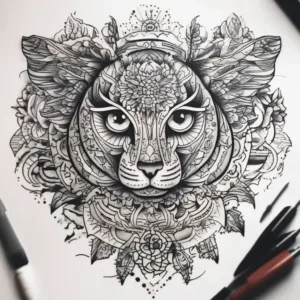
Health and Safety Considerations in Tattooing
Health and safety considerations are of paramount importance in the practice of tattooing. Ensuring the safety and well-being of clients is a top priority for reputable tattoo artists and studios. This focus
